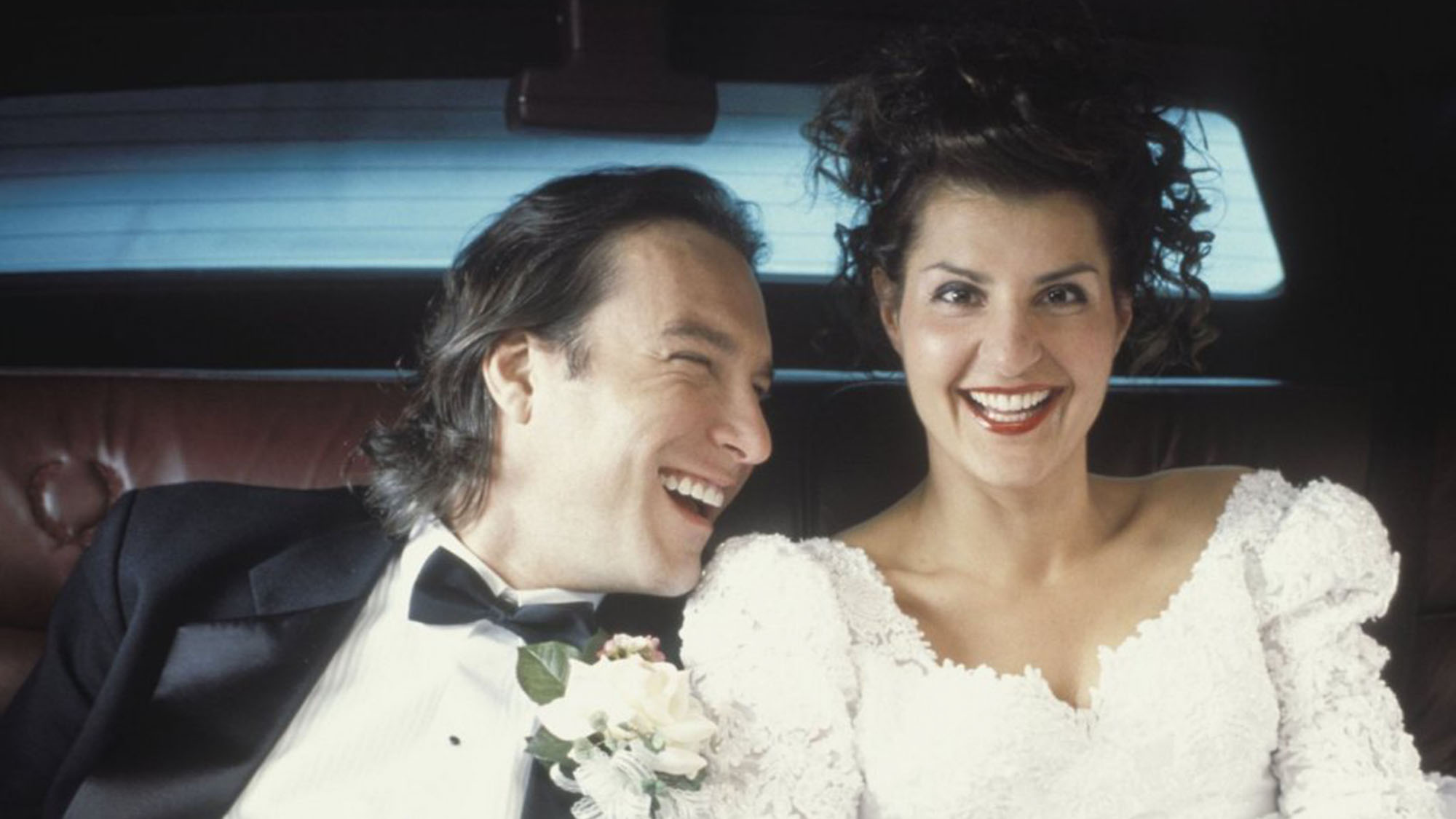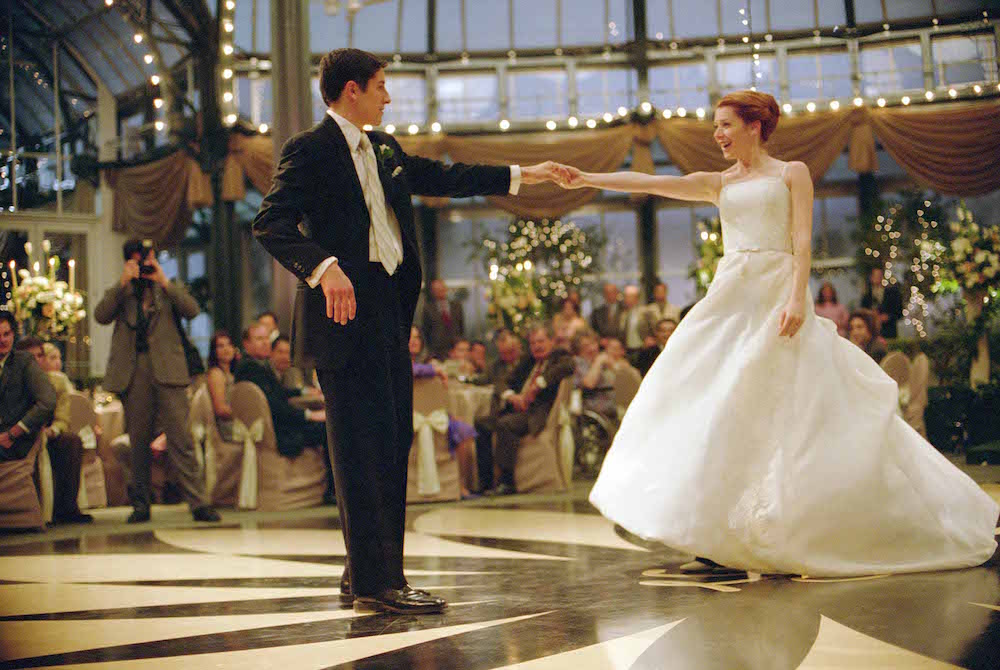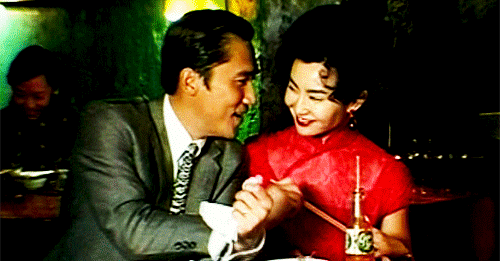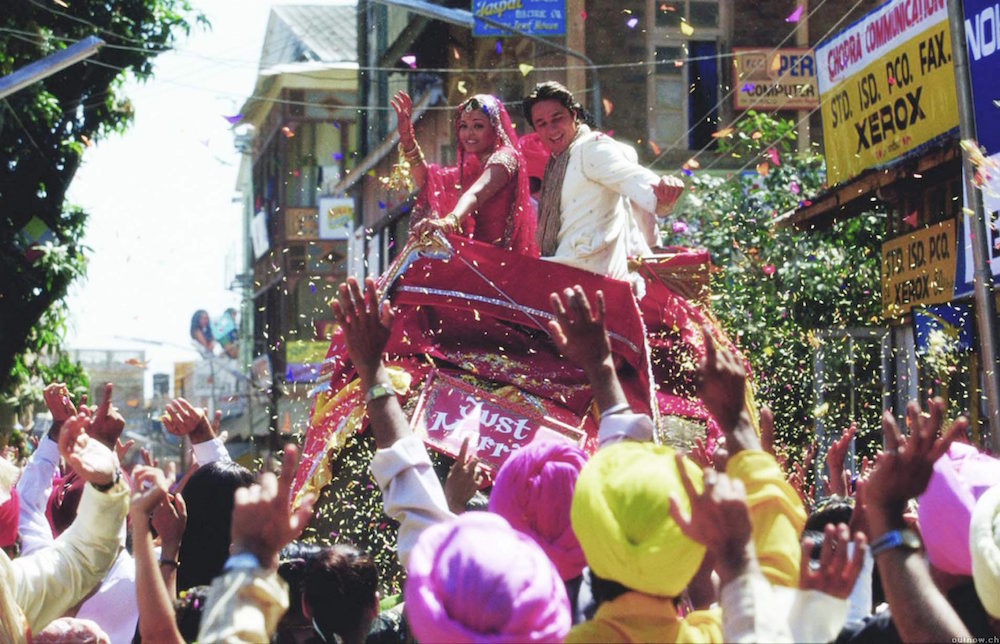Some of these wedding traditions around the world will blow your mind
Educational


Educational
With more and more wedding traditions dying out, it's easy to think that everyone's ceremony is their own nowadays - but although it's ok to skip some wedding traditions, there are still some around the world that are still seen to be pretty mandatory.
Here are some of the kinds of traditional weddings across the globe that are more than just something borrowed and something blue...

Releasing doves
Origin: Philippines
The bride and groom release two white doves at the end of the ceremony. The birds symbolise a loving and successful marriage.
Bell breaking
Origin: Guatemala
The groom's mother breaks a white ceramic bell filled with grains when the newlyweds arrive. It symbolises that the couple will prosper.
Celebrity news, beauty, fashion advice, and fascinating features, delivered straight to your inbox!
Wedding ducks
Origin: Korea
Carved wooden ducks or geese are thrown to the bride by her mother-in-law. Mandarin ducks mate for life, which is supposed to represent the marriage. The bride is supposed to catch the duck - if she succeeds, her first child will supposedly be a boy. If she fails, a girl.
Running away
Origin: Venezuela
The bride and groom sneak out of the wedding during the reception. It's good luck if they make it away without getting caught and good luck to any guests that realise they're gone.

Wedding shave
Origin: Greece
The groom's best man (called a koubaros) shaves his face, while the other friends help dress him. The shaving symbolises the trust between the two men, and the dressing assistance gives them all a role in getting the groom ready.
Jumping over the broom
Origin: African-American
The couple jump over a broom at the end of the ceremony. Whoever jumps higher over the broom is supposedly the decision-maker in the household.
Tabua
Origin: Fiji
To propose, the groom-to-be presents a wreath of whale's teeth ('tabu') to either the bride or her father. A tabua is a traditional gift in Fijian culture with high value, often used in the past in negotiations between rival chiefs.
Red
Origin: China
Chinese brides wear red veils, and a red umbrella is held over their head. Red is an important colour in Chinese symbolism, symbolising luck, love, boldness and wealth.

Smashed plate clearing
Origin: Germany
The guests smash porcelain dishes, which are then cleared up by the bride and groom. The smashing wards off evil spirits, and the clearing up proves the couple can deal with any challenge together.
Sake-sharing ceremony
Origin: Japan
The couple each take three sips from three sake cups, as do their parents. It is seen as a formal bonding of the families.
Breaking the glass
Origin: Jewish
A goblet made for the wedding is broken, usually underfoot. Most often it is done by the man. There are several interpretations, including a reminder of the destruction of the first Temple of Jerusalem, or to scare off demons.
Confetti
Origin: Italy
Sugar-coated almonds - called 'confetti' - are given to wedding guests or the couple. They are all thrown at the couple. A tradition dating back to Roman times, the almonds are a thank you to guests representing health and happiness, but are usually replaced by scraps of paper in modern times.

Baumstamm Saegen
Origin: Germany
The couple saw a log together with a two-handle long saw. It represents the first obstacle the couple must overcome together.
Cake ribbons
Origin: Peru
The cake has ribbons leading out of it, tied to charms in the middle. One of these is a fake wedding ring. If a single lady is served the slice with the ring, they're thought to be the next to get married.
Joota Chupai
Origin: India
The eldest unmarried girls from the bride's family steal the groom's shoes, while the groom's family try to recover them. Eventually the girls ransom them back. No one really knows why, but it's very popular and gets the whole family involved.
Tinkling crown
Origin: Norway
The bride wears a silver-and-gold crown which has metal charms hanging from it. The clinking of the charms as she moves is said to ward off evil spirits.
Throwing the bouquet
Origin: UK
The bride throws her bouquet into a crowd of unmarried women for them to catch. The woman who catches the bouquet is supposed to be the next to wed.

Spitting on the bride
Origin: Kenya
The father of the bride spits on her head and chest. It's good luck for the bride.
The Irish bell
Origin: Ireland (Where else?)
A bell is rung after reciting the vows. The chime of the bell is said to ward off evil spirits.
Unity bowl
Origin: Australia
Every member of the family is provided with coloured stones unique to them. They add these stones to a bowl that is displayed in the couple's house. It's a display to show how the family has 'coloured' the couple's life - and to remind the newlyweds of their family.
Sehra
Origin: Pakistan
A 'sehra' or form of headdress is worn by the groom. It usually incorporates some sort of veil, often made of flowers or beads. The veil protects the groom from the evil eye - as well as adding a sense of pride and prestige.
